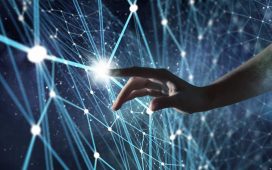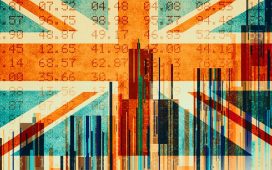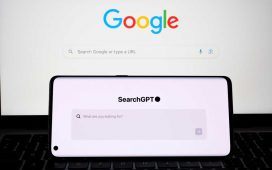Images generated by Midjourney and other AI text-to-image tools are not protected by US copyright law since they “are not the product of human authorship”, according to the nation’s Copyright Office.
Last September, the USCO approved an application for Zarya Of The Dawn, a graphic novel created by Kristina Kashtanova, registering the work as intellectual property protected by copyright. The decision reinvigorated the legal debate over whether digital artwork created by the latest AI text-to-image tools could be copyrighted or not.
However, the USCO has reversed its initial decision and scrapped the copyright certificate previously issued for Kashtanova’s comic book. After reviewing the case officials ruled that the text, selection, coordination, and arrangement of images used to create the novel are the work of Kashtanova and can be protected by copyright – but the individual software-generated images themselves cannot be.
As the USCO sees it, the layout of the novel and its text is copyright Kashtanova, but the images in the frames – created from written prompts – is not copyright protected because no person created it.
“The images in the work that were generated by the Midjourney technology are not the product of human authorship,” the USCO stated in a letter [PDF] reported by Reuters.
“Because the current registration for the work does not disclaim its Midjourney-generated content, we intend to cancel the original certificate issued to Kashtanova and issue a new one covering only the expressive material that [Kashtanova] created.”
The letter explains that Kashtanova’s initial application did not disclose that Midjourney was used to create the pictures in the graphic novel, so the USCO registered the work in full. Officials only later discovered from social media comments that the work was partly created using AI and decided to review the case.
Kashtanova’s lawyer argued Midjourney was merely a tool that helps humans produce intellectual property that should be copyrighted under current laws. The USCO disagreed, and referred to the Burrow-Giles Lithographic Co. v. Sarony US Supreme Court case, which decided photographs captured by a camera controlled by a human are copyrighted.
“As the Supreme Court has explained, the ‘author’ of a copyrighted work is the one ‘who has actually formed the picture,’ the one who acts as ‘the inventive or master mind’. A person who provides text prompts to Midjourney does not ‘actually form’ the generated images and is not the ‘master mind’ behind them,” the letter stated.
The USCO said that since Midjourney produces an image first by “randomly generating noise,” the process wasn’t something that could be directly controlled by humans. Text prompts fed into the software don’t guarantee it will create a particular image – therefore it is not a tool like Photoshop or GIMP.
“Like the photographer in Burrow-Giles, when artists use editing or other assistive tools, they select what visual material to modify, choose which tools to use and what changes to make, and take specific steps to control the final image such that it amounts to the artist’s ‘own original mental conception, to which [they] gave visible form,'” the office argued.
“Rather than a tool that Kashtanova controlled and guided to reach her desired image, Midjourney generates images in an unpredictable way. Accordingly, Midjourney users are not the ‘authors’ for copyright purposes of the images the technology generates.”
The letter explained this does not reflect a change in the USCO’s position: “Had the Office known the information now provided by Kashtanova, it would have narrowed the claim to exclude material generated by artificial intelligence technology.”
The Register has asked Kashtanova and their lawyer for comment. ®












